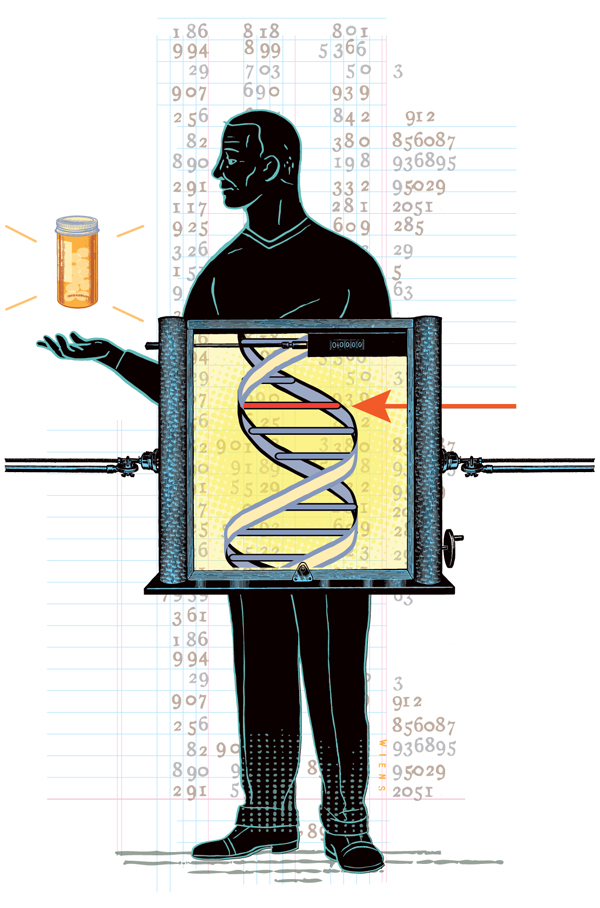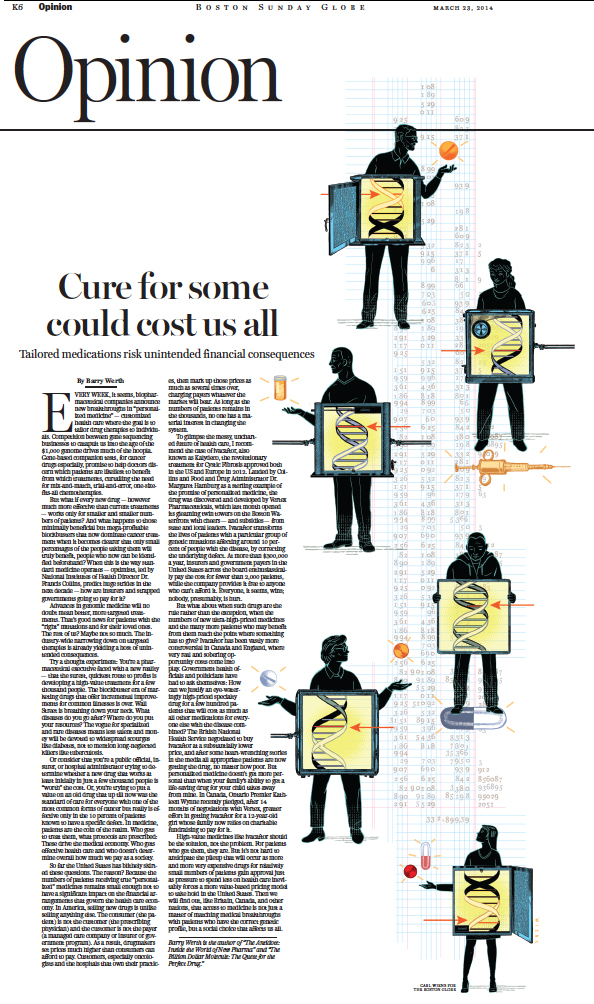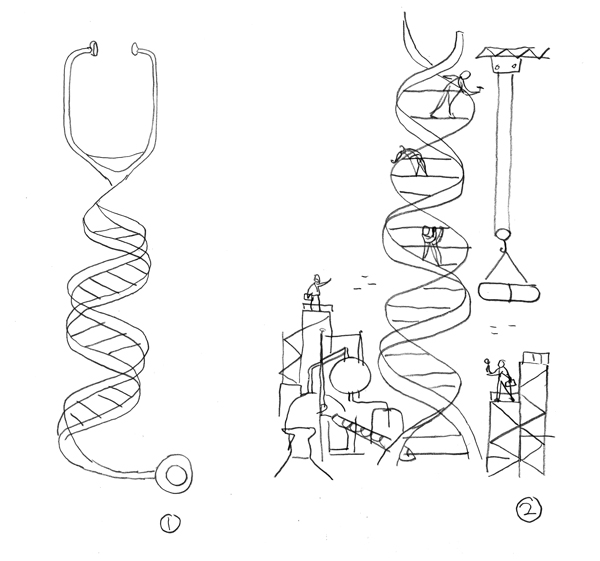Health and Wellness
 Tuesday, March 31, 2015 at 10:06AM | Published in
Tuesday, March 31, 2015 at 10:06AM | Published in  Assignment work,
Assignment work,  Carl Wiens Illustration,
Carl Wiens Illustration,  Collage |
Collage |  Post a Comment
Post a Comment Is flu season over yet? Just when you think spring has arrived, and you are out of the woods, it hits you. Like that last winter weather event, just after you took off the snow tires.
At this time of year, it's a matter of recharging the batteries, gearing up for spring. Can't wait for the warmer, friendlier weather, and the sense of purpose and energy that comes with it. I've been busy with a lot of editorial work so far this year. For some reason, most of it has been health related.
Yes, I am fine, thank you. Doing well. But this kind of work can make you start self-diagnosing.
So here's my recent medical history, illustration-wise.

Learning to Say No to Dialysis, written by Paula Span for the New York Times Science section. Art director Audrey Razgaitis and Cathy Gilmore Barnes.

Becoming Bionic, for the Robb Report, about advances in transplant technology. Art director Lisa Lewis.

Remembering Mom - a woman reflects on the legacy of her mother after her passing. For Texas Co-op Monthly, art director Jane Sharpe.
And lastly, here's a full-page illustration for Reader's Digest Canada. It's a testimonial of a woman who endured two years of a debilitating spinal condition, suffering misdiagnosis, confusion and then a full resolution of her health problems. Not really my kind of story, but my Mom was totally impressed by seeing this published.
Gesundheit!

 health,
health,  healthcare,
healthcare,  medical,
medical,  medicine
medicine 


